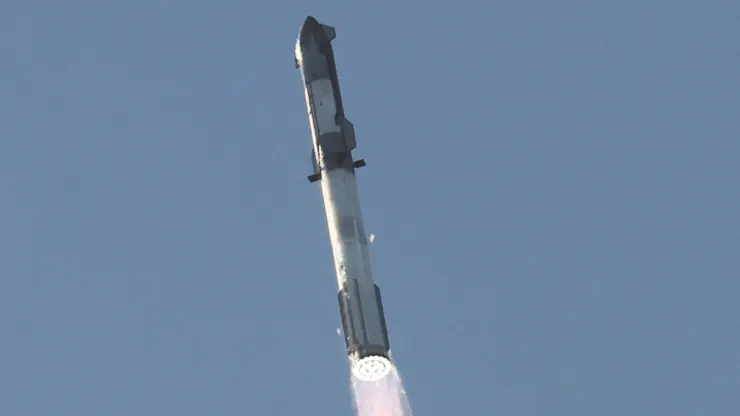
SpaceX is gearing up for its third test flight of the revolutionary Starship rocket, signaling a significant stride forward in the development of this colossal spacecraft. The company, under the leadership of Elon Musk, has allocated a nearly two-hour launch window starting from 8 a.m. ET to 9:50 a.m. ET at its Starbase facility near Boca Chica, Texas. Should any unforeseen weather or technical issues arise, SpaceX will reschedule the launch for a later date.
The latest weather forecast indicates a 70% favorable condition for the launch, with the targeted liftoff time set for 9:25 a.m. ET. SpaceX has previously conducted two full-scale tests of the Starship rocket within the past year, witnessing both successes and setbacks. Despite each test concluding explosively, the company has garnered invaluable insights, inching closer towards its ultimate goal of a fully reusable rocket capable of transporting cargo and humans beyond Earth.
The Federal Aviation Administration (FAA) has greenlit SpaceX for its third launch attempt, paving the way for another ambitious journey. If all goes according to plan, Starship will ascend into space, circumnavigate halfway around the Earth, and gracefully reenter the atmosphere, eventually splashing down in the Indian Ocean. This groundbreaking spacecraft, designed for full reusability, holds immense potential not only for SpaceX’s objectives but also for NASA’s Artemis moon program, where Starship is slated to serve as a crucial component for lunar missions.
SpaceX’s strategy revolves around iterative improvement, leveraging insights gleaned from previous flights to enhance the Starship’s capabilities. Despite the fiery outcomes of past tests, each iteration signifies progress towards achieving a fully operational, reusable rocket system for lunar and Martian exploration. Elon Musk has projected a substantial investment of approximately $2 billion in Starship development for the year 2023 alone, underscoring the company’s commitment to pushing the boundaries of space exploration.
The sheer scale of Starship is awe-inspiring, standing as the tallest and most powerful rocket ever constructed. When fully assembled with the Super Heavy booster, it towers at 397 feet tall and boasts a diameter of approximately 30 feet. The Super Heavy booster, equipped with 33 Raptor engines, generates a staggering 16.7 million pounds of thrust, doubling the power of NASA’s Space Launch System rocket. Meanwhile, Starship itself, with its six Raptor engines, is powered by a combination of liquid oxygen and liquid methane, requiring over 10 million pounds of propellant for launch.
For the upcoming third flight, no crew will be aboard the spacecraft as SpaceX aims to surpass previous milestones. Building upon lessons learned from prior tests, the company is poised to demonstrate several new capabilities, including payload deployment mechanisms and in-flight fuel transfer procedures. These advancements mark significant strides towards realizing the full potential of the Starship as a versatile and reliable vehicle for future space exploration endeavors.